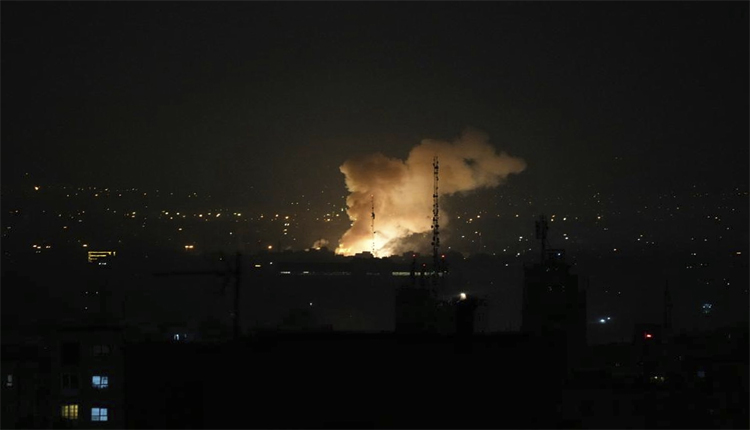New Delhi: Iran fired hundreds of ballistic missiles and over a hundred attack drones at Israel in what military planners quickly named Operation True Promise. State broadcasts portrayed the onslaught as a direct response to a wave of Israeli air strikes that had left Tehran seething.
The Hebrew press later described the moment the command log lit up with incoming alerts as both surreal and chilling. IDF screens charted dozens of blips climbing out of Iranian western deserts, sirens lit up the Golan, Jerusalem, and Tel Aviv in rhythm, and civilian shelters began filling within minutes.
Israeli Iron Dome batteries intercepted many of the projectiles, but several broke through, leaving damage in urban centers that emergency crews struggled to map in real time.
A few hours earlier, in the predawn darkness, Israeli fighters had hammered Natanz and other nuclear nodes during what commanders labeled Operation Rising Lion. Precision munitions shattered centrifuge halls and ruptured military depots, turning the Iranian air defense net into a frantic, preemptive shambles.
Key Iranian commanders vanished in that volley, among them IRGC top brass Hossein Salami and joint forces Chief of Staff Mohammad Bagheri. Casualty figures inside Tehran climbed swiftly; city hospitals charted nearly eighty dead and three hundred injured before dawn, a grief echoing through state media bulletins.
Inspectors on the ground for the IAEA reported no abnormal radiation spikes at Natanz, although shards of classified paperwork soon circulated contradicting that calm assessment. “Verify, deny, verify” would be the familiar phrase in Vienna that morning.
Prime Minister Netanyahu abandoned diplomatic etiquette and labeled Iran’s nuclear ambitions as an existential threat. He insisted that only force could prevent Tehran from getting the bomb. Minutes later, Ayatollah Khamenei vowed a harsh response the Jewish State would rue, promising severe punishment.
When the IDF fighter jets returned, each aircrew logged destruction so precise that the briefings bristled with technical jargon. They destroyed two hundred planes, over one hundred targets, missile plants, radars, and tunnels. Netanyahu rattled off the numbers on the evening news, oath in the air as he declared we damaged Iran’s nuclear enrichment program.
Back in Tehran, the Islamic Republic News Agency sang a different refrain: hundreds of ballistic missiles launched at Israeli bases with deadly precision. President Masoud Pezeshkian defended the burning skies, called the retaliation lawful, and hinted at even fiercer strikes yet to come.
Defense analyst Michael Knights reminded anyone who asked that Iran’s air defenses had been battered in earlier raids. Reinforcing that net of radars and interceptors takes machinery and manpower that simply isn’t sitting spare. “It’s not a quick fix,” he warned during an NBC News roundtable last night.
Unease swept social media, with one poster, @paulredlfc, summarizing the global mood in two words: scary times ahead. Those words simultaneously stirred feelings of sentiment and dread, a sentiment that people often express when nothing seems theoretical anymore.
Diplomats labeled the pattern “tit-for-tat,” but the phrase felt milquetoast beside the wreckage. Each ripple of missile fire nudged Israel and Iran closer to an outright war, a conflict sure to suck in its neighbors. International voices now push hard for de-escalation, an echo drowned only by the sound of sirens and scrambling jets.



Comments are closed.